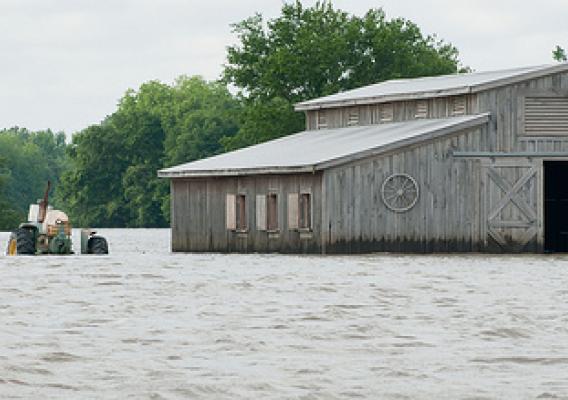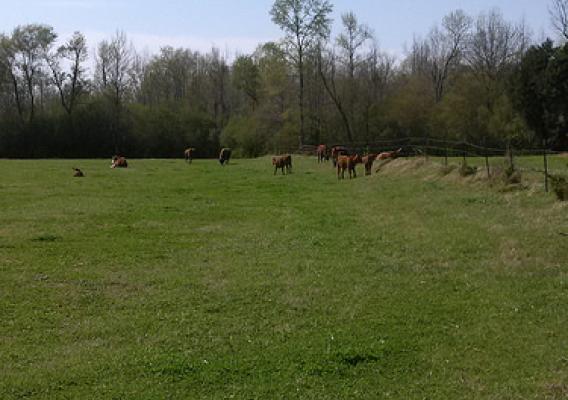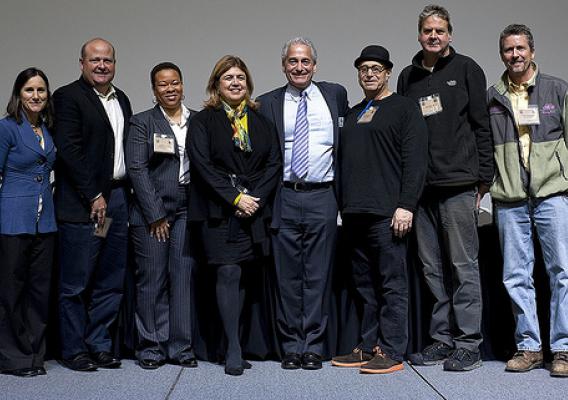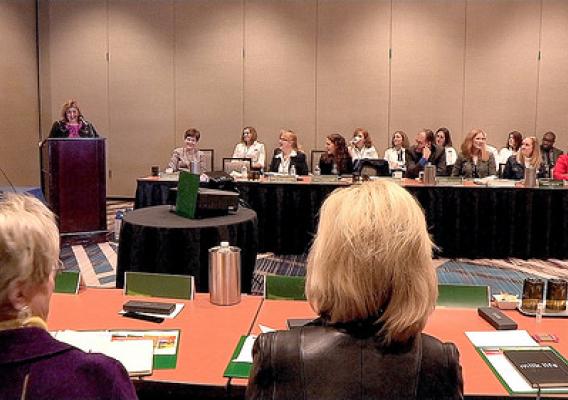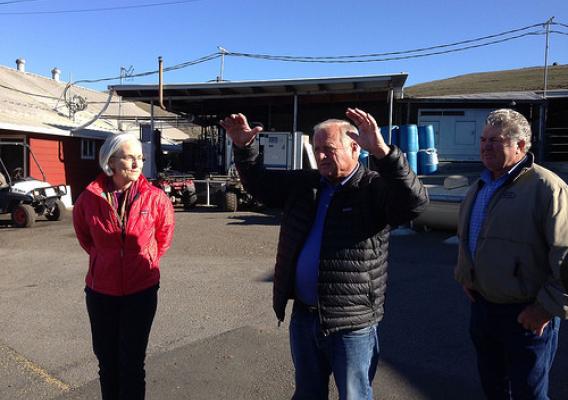As a first-time small business owner, Nabor Ceja, has learned a lot since opening his restaurant, Chicken & Teriyaki, in Hood River, Oregon. Like many immigrants, Mr. Ceja wasn’t familiar with local processes and requirements for things like business registration, tax numbers, insurance, permits, licensing, hiring and employer obligations. With limited English proficiency, just asking the different agencies and offices for help was a significant barrier.
Mr. Ceja is not alone. Thirty percent of the population in Hood River County is Hispanic. Until recently, however, there were no small business assistance providers meeting the unique needs of the Hispanic community.
Gabriel Muro is the business services coordinator at a social services nonprofit called The Next Door. “I have met so many people who start businesses using their personal accounts, or who don’t get their W-9 forms submitted in time to demonstrate legal status and claim important exemptions. All of these things are done differently in Mexico.”

